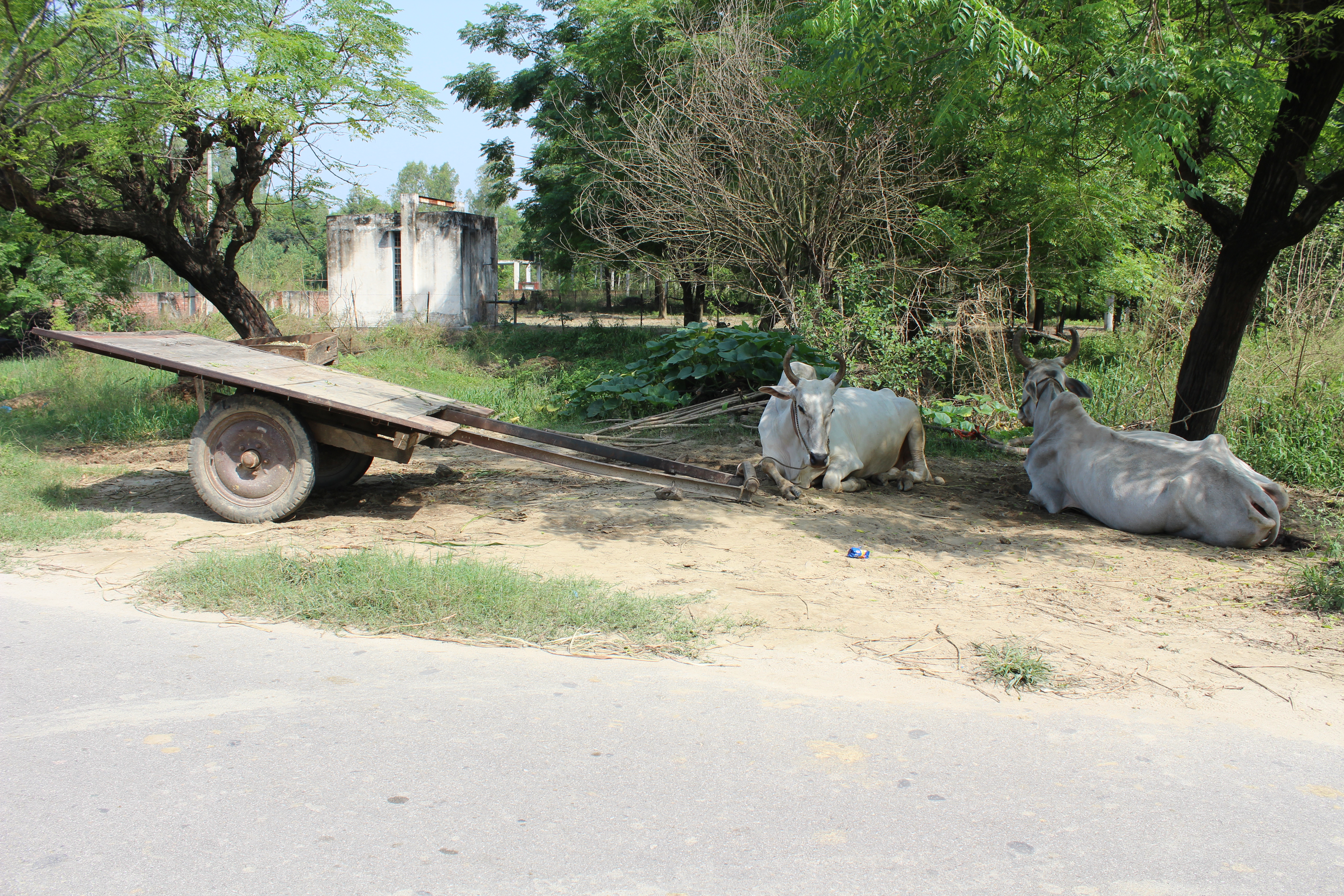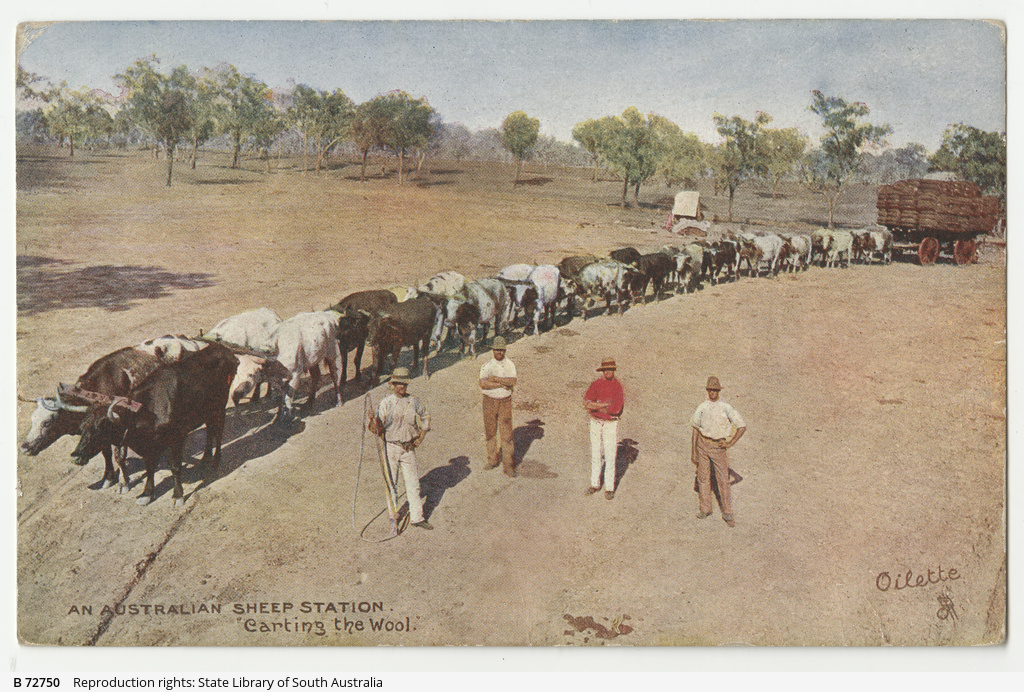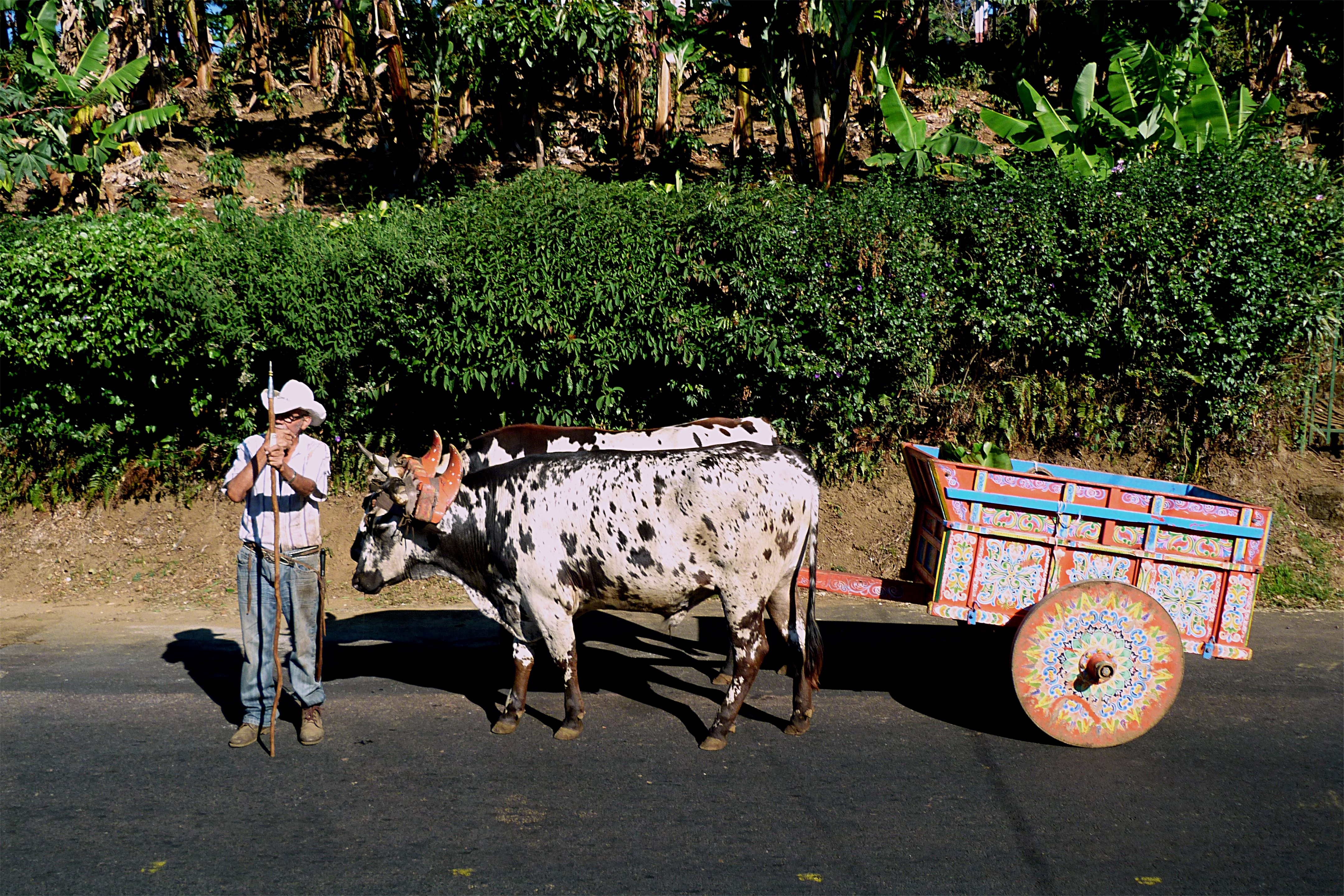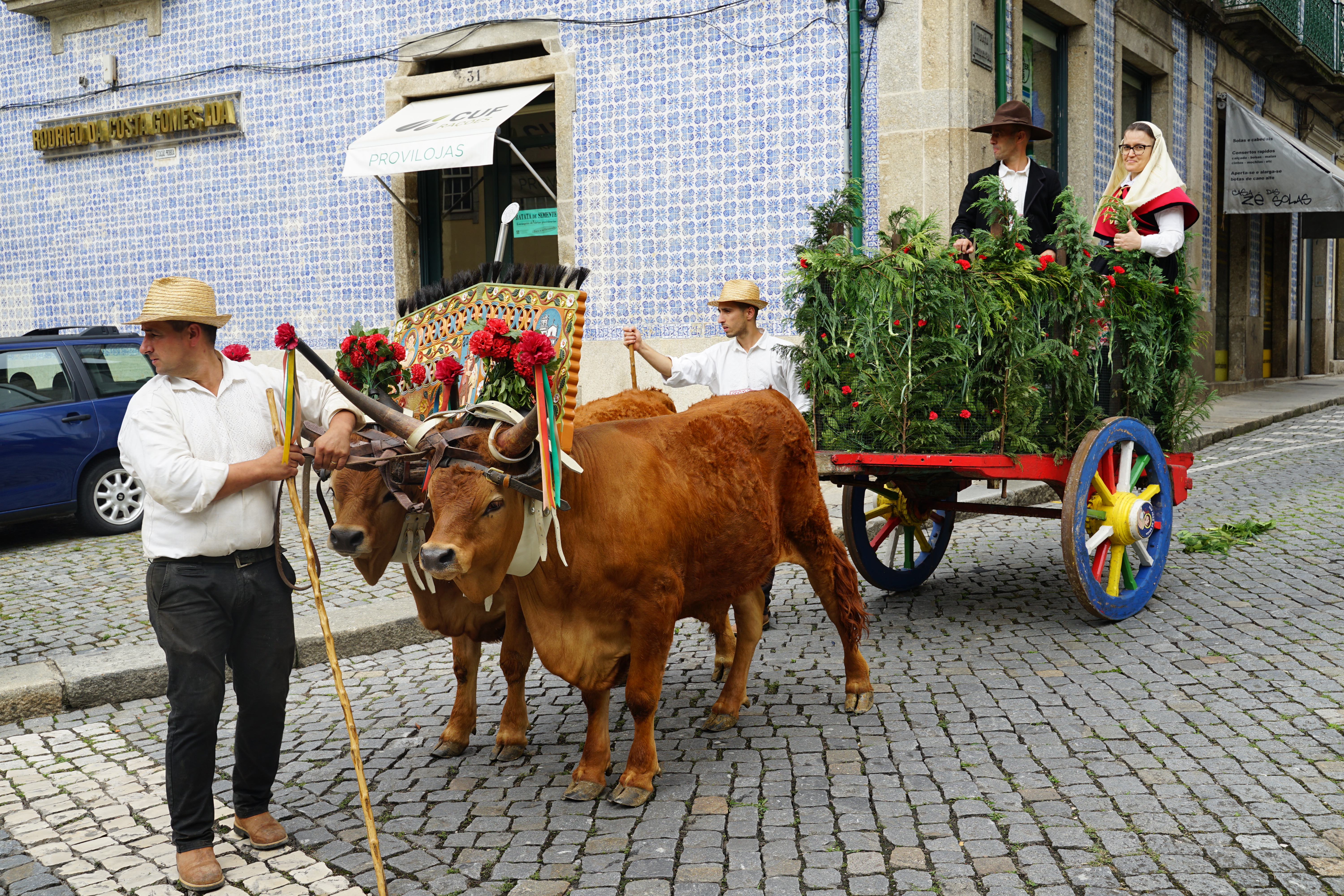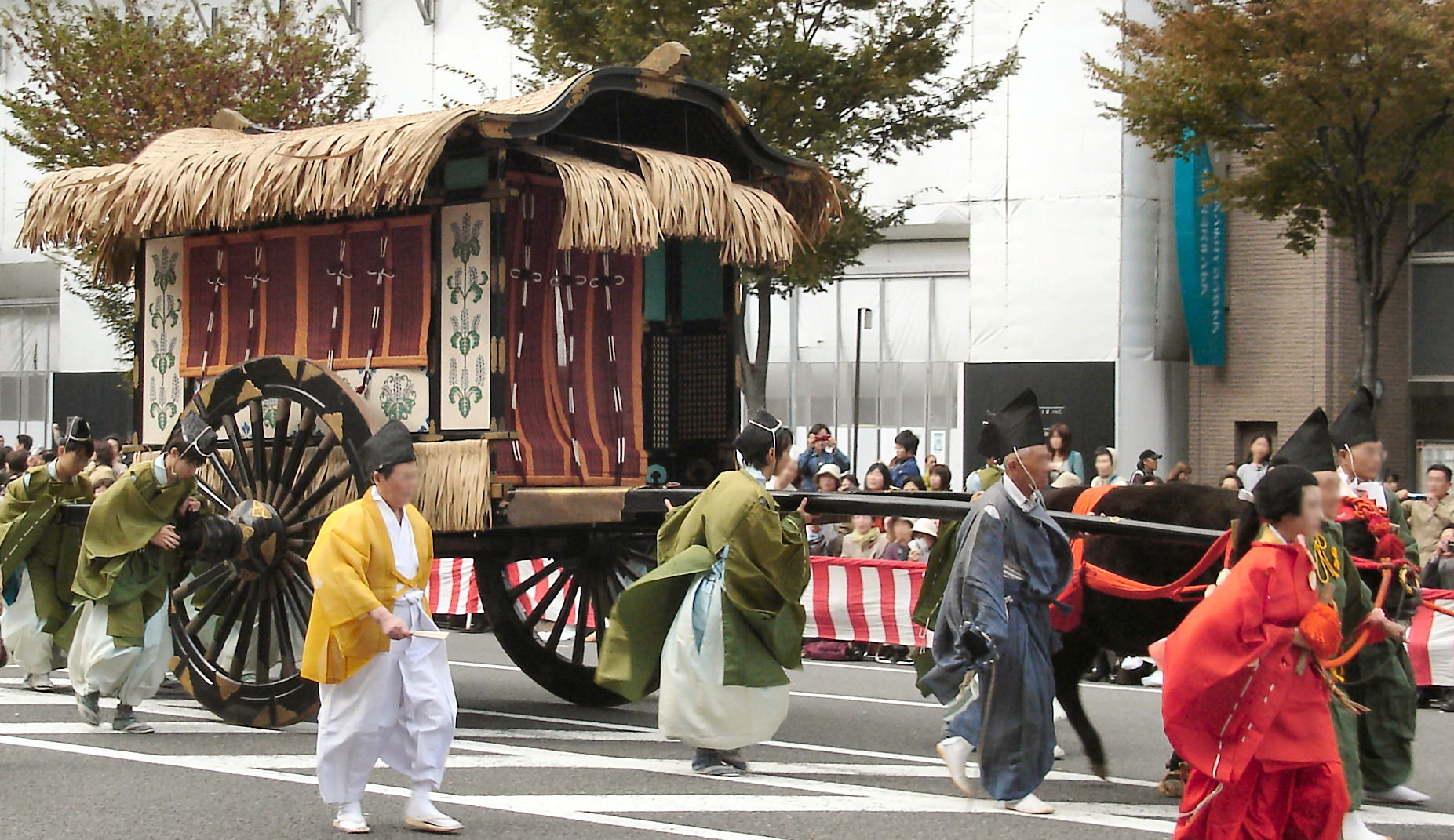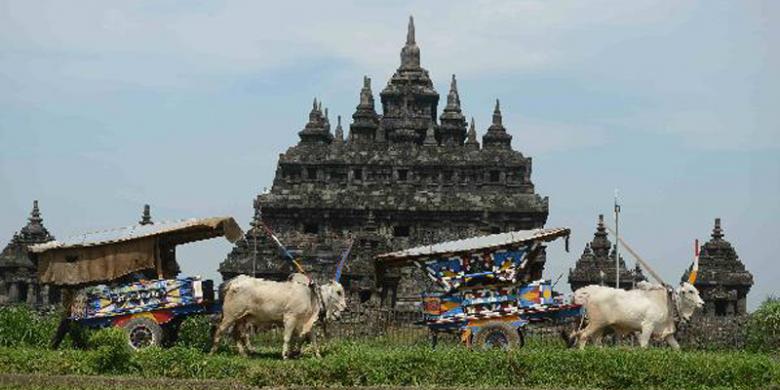Bullock carts
Enlarge text Shrink text- Work cat.: Covered oxcart and natives on the road near the tracks somewhere on the Darjeeling-Himalayan Railway, India, circa 1894, via University of Washington digital collections, International Collections, May 8, 2020.
- Wikipedia, May 8, 2020(a bullock cart or ox cart (sometimes called a bullock carriage when carrying people in particular) is a two-wheeled or four-wheeled vehicle pulled by oxen)
- Singapore infopedia website, May 8, 2020(Bullock carts were one of the earliest and most popular modes of transport in 19th- and early-20th-century Singapore)
- Merriam-Webster dictionary online, June 2, 2020Oxcart (a cart drawn by oxen) hackery (plural -es: (India) a bullock cart)
- Oxford English dictionary online, June 2, 2020Bullock (under compounds: bullock-car, bullock-carriage, bullock-cart, bullock-dray, bullock-wagon) Ox-cart (a cart drawn by an ox or oxen)
- Four views including a river scene, village market and buildings, a covered bullock cart pulled by two bulls, and two men by a hackery pulled by one bull, 1895-1896, between 1895 and 1896, via University of Washington digital collections, International Collections, May 8June 2, 2020.
A bullock cart or ox cart (sometimes called a bullock carriage when carrying people in particular) is a two-wheeled or four-wheeled vehicle pulled by oxen. It is a means of transportation used since ancient times in many parts of the world. They are still used today where modern vehicles are too expensive or less suitable for the local infrastructure. Used especially for carrying goods, the bullock cart is pulled by one or several oxen. The cart is attached to an ox team by a special chain attached to yokes, but a rope may also be used for one or two animals. The driver, and any other passengers, sit on the front of the cart, while load (if there is any) is placed in the back. Traditionally, the cargo has been agrarian goods and lumber.
Read more on Wikipedia >
 Topic
Topic



